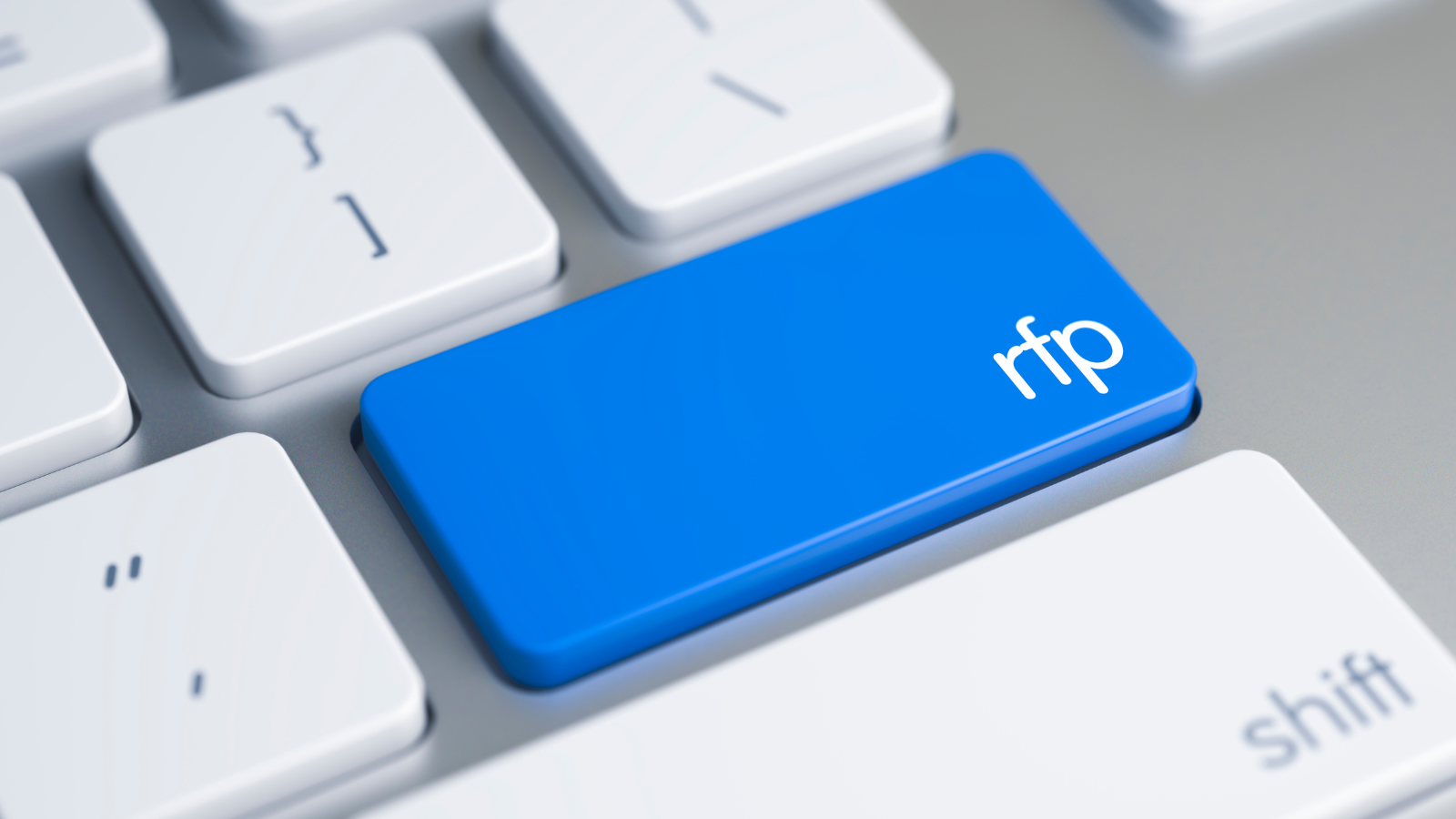
RFP marketplaces stand out as a solution that not only standardises but also significantly simplifies procurement, notwithstanding the difficulties associated with the process. These marketplaces are revolutionising how companies find goods, services, and solutions. RFP marketplaces bring supply and demand together on one digital platform, saving time and money. Buyers can easily make requests for bids, and providers can respond promptly.
Key Benefits of the RFP Marketplace
- By fully digitising request-for-proposal processes on a centralised marketplace, buyers and suppliers can more efficiently match needs with capabilities to make informed sourcing decisions.
- With simplified RFP creation templates and guides, the procurement teams can specify requirements, criteria, timelines, and other inputs upfront, making the process more efficient and less time-consuming.
- Buyers gain access to extensive pre-vetted supplier networks tailored to their industry. Marketplace owners can opt for a robust onboarding process that verifies supplier credentials to discover qualified vendors confidently. Credentials can also be showcased on the supplier’s profile or proposal submission.
- The key to higher-quality proposals is a detailed supplier profile that efficiently connects the right businesses with the right projects. Suppliers automatically receive alerts to published RFPs that match their profile.
- Buyers can conveniently review and compare all proposals submitted by various suppliers, making the decision-making process more straightforward and user-friendly.
- The end-to-end digital workflow streamlines supplier evaluation traditionally done through disjointed offline processes.
The 4 Stages of the Online RFP Process
RFP Publication
Buyers initiate the process by publishing RFPs on the marketplace platform. A robust posting tool is essential to ensure that all criteria and requirements are specified.
It’s important to have different Request for Proposals (RFP) templates for various categories to match with suppliers. For example, the requirements for a request for equipment will differ from those for a request for training. RFPs are distributed to pre-qualified suppliers that align with the project’s profile. Additionally, buyers can choose specific suppliers and exclude others from receiving the RFP.
Submission
Suppliers receive alerts when newly published RFPs match their profile criteria. This ensures that only qualified vendors review relevant opportunities.
Proposal forms use templates to guide suppliers in addressing each requirement. The templates maintain a consistent structure while allowing customised responses. Supporting documents, pricing models, and other requested attachments are easily included.
This streamlined digital process for proposal assembly and delivery improves response quality while preserving bid integrity compared to offline methods. Buyers gain optimised value from more tailored, comprehensive submissions on time.
Evaluation
Buyers access integrated comparative dashboards to assess submissions simultaneously. Metrics highlight responses to specific criteria, pricing, and other attributes. In-app feedback functions allow buyers to message vendors directly for proposal clarification or revisions within deadlines.
Over time, the platform generates insightful vendor performance metrics based on past RFP responses, contract awards, and buyer ratings. These proven success indicators help buyers objectively evaluate supplier qualifications alongside current proposal fits.
Finalisation
Buyers may initiate digital negotiations through the platform upon identifying the winning submission. The system can also automatically notify unselected suppliers. It also allows buyers to auto-decline all losing proposals with one click, streamlining post-selection processes.
The platform will store the entire RFP lifecycle records, enabling simple auditing. At the same time, they can easily be deleted for compliance.
Features to transform procurement
At its core, an RFP marketplace aims to streamline the sourcing process for all stakeholders. To truly revolutionise strategic procurement, cutting-edge features leverage the latest innovations. When thoughtfully designed with users in mind, these technologies unlock new levels of efficiency and insight.
- RFP and supplier profile matching – automatically alerts qualified suppliers of matching opportunities
- Anonymous buyers—Suppliers can submit their responses without knowing the buyer’s identity, which ensures an impartial evaluation by hiding the buyer’s name during the submission and review process.
- Supplier portfolios – enables suppliers to conveniently select relevant work samples from their profile when compiling a proposal.
- In-app messaging – facilitates direct clarification between buyers and suppliers during evaluation.
- Duplicate RFP template: This tool creates a copy of an existing RFP that buyers can easily modify and reuse for a new publication.
- Supplier credentials verification – onboarding process to validate licenses, certifications, and client references, which builds confidence in suppliers
- RFP comparison tools – integrated dashboards that facilitate side-by-side analysis of competing submissions
- Analytics and reporting – provide data-driven insights into historical trends, buyer spending, and supplier performance over time.
- Integrations – Connect with ERP/CRM or own systems to streamline platform data sharing.
By streamlining the procurement process, businesses can optimise their sourcing procedures, enhance efficiency, and gain valuable insights. The centralised nature of RFP marketplaces enables informed decision-making and contributes to achieving better procurement outcomes.
The article is originally posted here.






